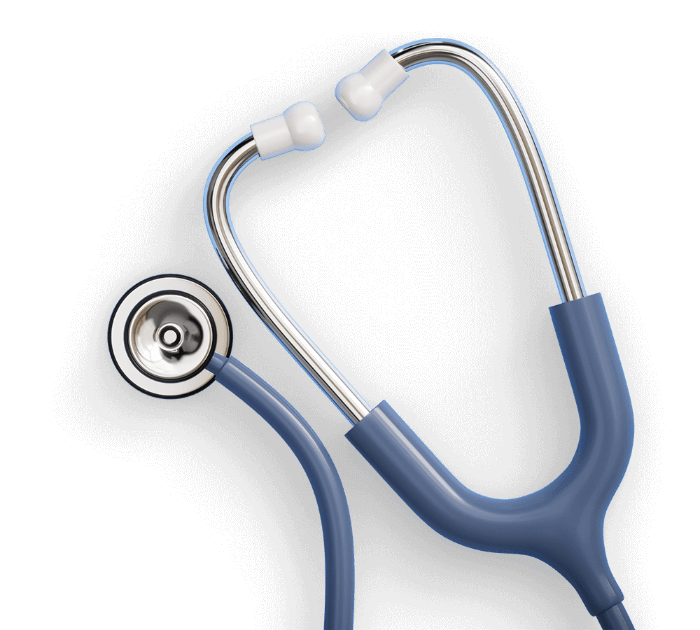How does L4 work?
Sick leave, also known as L4, is a document that allows an employee to take a break from work due to illness. It is not only an option, but also a right available to those covered by health insurance. Although it is most commonly used by those employed under a contract of employment, those employed under civil law contracts can also apply for L4 under certain conditions. In addition, this right is available to those who have to care for sick children.
L4 has the function of protecting both the employee's own health and that of those around him or her at work. In the event of illness, the exercise of this right should not be avoided, as continuing to work in a weakened state is detrimental to both the organisation and ourselves.
When can you get sick leave? What is the best time to take L4 for?
Sick leave is available in many different health situations. If our health problems make it difficult or impossible to perform our duties, it is worth considering using L4. Examples of such situations are infectious diseases, digestive problems, injuries or pregnancy complications. Respiratory, osteoarticular or muscular conditions may also warrant leave. E-exemption can also cover people suffering from poisoning, cancer or other serious ailments.
What does the sick leave contain?
Each sick leave contains a disease code, according to the International Classification of Diseases (ICD-10). This information is transmitted to the ZUS, but the patient does not see it on his or her copy of the document. This code informs the doctor of recommendations related to the patient's treatment, such as whether the patient needs to lie down or can leave the house for medical appointments.
It is worth remembering that while you are on sick leave, you cannot be gainfully employed. The Social Insurance Institution and the employer have the right to check that the leave is being used as intended.
How long does sick leave last?
The standard period of sick leave is a maximum of 182 days, but in some cases, such as tuberculosis or pregnancy, it can be extended up to 270 days. In addition, employees are entitled to 14 days for the care of sick family members and up to 60 days for the care of a child under 14 years of age.
How to get L4 - who can issue sick leave?
In Poland, sick leave is issued electronically (e-ZLA). The doctor, regardless of specialisation, can issue the exemption both during an in-person visit and a tele-treatment. The document goes directly to ZUS, and the patient can monitor his or her exemption via the Platform for Electronic Services (PUE).
Is remuneration payable during L4?
Yes, employees on sick leave are paid a salary, usually amounting to 80% of the assessment base. Pregnant women, people after accidents and organ donors receive 100% of salary. For the first 33 days, payment is provided by the employer, after which responsibility is assumed by the Social Security. In the case of hospitalisation, the remuneration can be 70% unless there are special indications.
